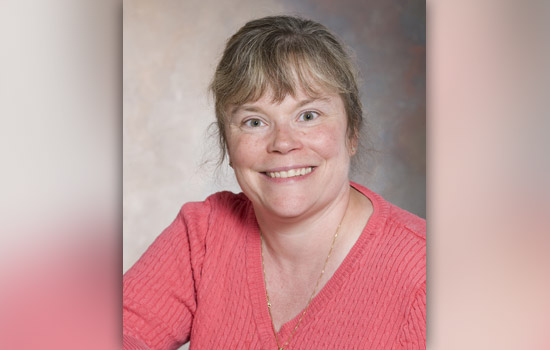Jennifer Schneider Named to Prestigious Russell C. McCarthy Chair at RIT
Risk management expert will focus research on building resilient communities
Jennifer Schneider
Jennifer Schneider, a professor in the College of Applied Science and Technology at Rochester Institute of Technology, was recently selected to be the new Russell C. McCarthy Chair. She officially moves into the role Sept. 1.
In her new role, Schneider will help to expand the college’s research strategy, specifically in the area of infrastructure science focusing on the role it plays in communities. Additionally, she will work with Linda Underhill, interim chair of the college’s Department of Service Systems, to explore the creation of a new School of Applied Science.
“We have a real opportunity to grow a research agenda from the expertise of the faculty in CAST,” says Schneider, who has been at RIT since 1997 as part of the civil engineering technology/environmental management and safety department.
“If you look across CAST, we have expertise in building and running so many of the elements of a community: water, transportation, structures, telecommunications, power systems, manufacturing, facilities management and even the service systems such as hospitality,” she says. “There is a great opportunity to innovate the physical and operational constructs of our communities.”
The McCarthy Chair, established in 1980, was the first endowed chair position for the College of Applied Science and Technology. Prior to this appointment, Schneider served as the college’s faculty associate for scholarship affairs from 2007 to 2010.
Her research in environmental health and safety management system design, risk management and critical infrastructure will expand in her role as chair. Currently, Schneider leads a Department of Homeland Security project on emergency preparedness and response capabilities for mid-size cities. The project, “Monroe Urban Area Security Initiative Critical Infrastructure Analysis,” uses Rochester and several surrounding counties as the working model to better understand the impact of the loss of critical infrastructure. The focus of the research is not only on recovery but resiliency, she says.
“As you can see from Hurricane Katrina and recent events in Japan, it is the quality of our infrastructure that determines whether we will survive. I think we can take our scholarship further and design systems and cities that allow us to thrive, and that are people- and earth-centered.”
Schneider also will continue teaching, but with a reduced teaching load. She expects to include more students in the college’s research efforts, matching their interests with faculty initiatives.
Prior to working at RIT, Schneider was the director of environmental health and safety for ITT Goulds Pumps, safety manager at Mobil Chemical Corp. and an engineer for Eastman Kodak Co. As a prominent member of the National Institute for Occupational Safety and Health’s National Occupational Research Agenda advisory, she is regularly called upon to provide guidance in risk analysis and hazardous materials/process safety.









